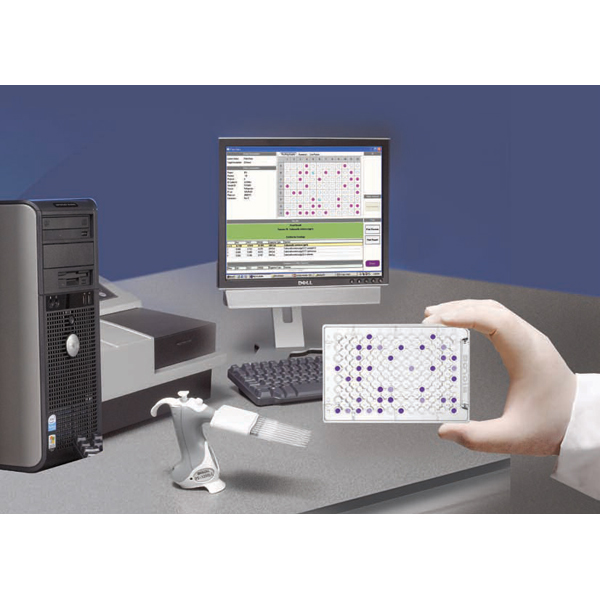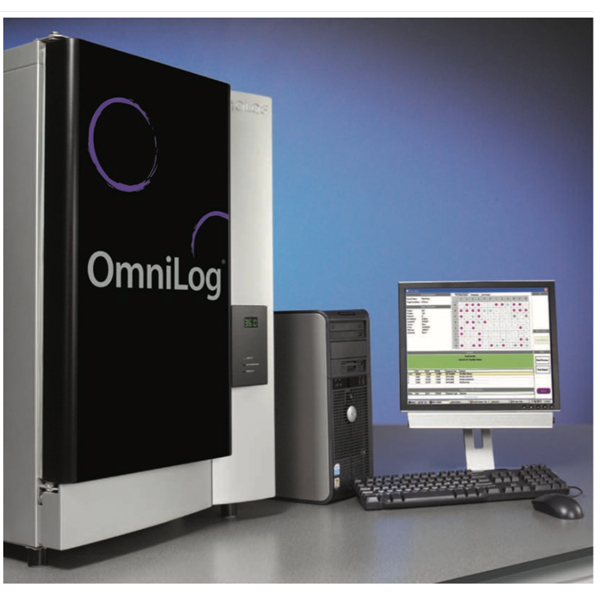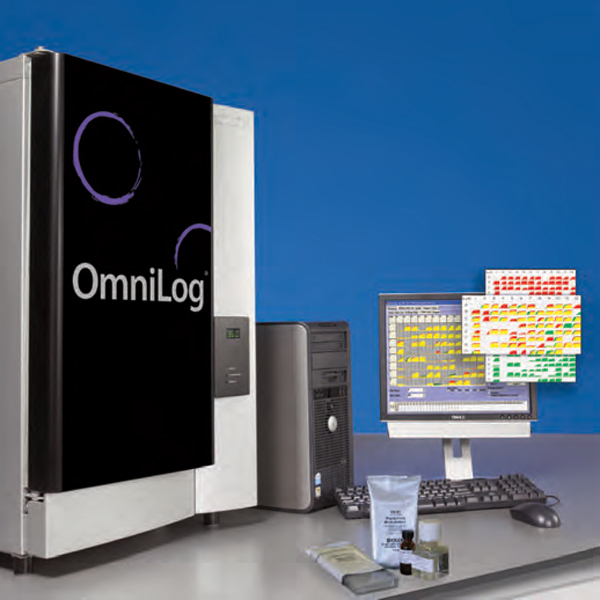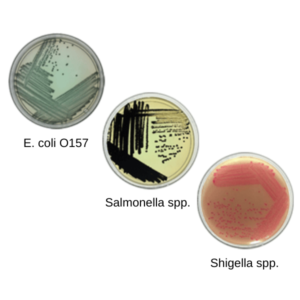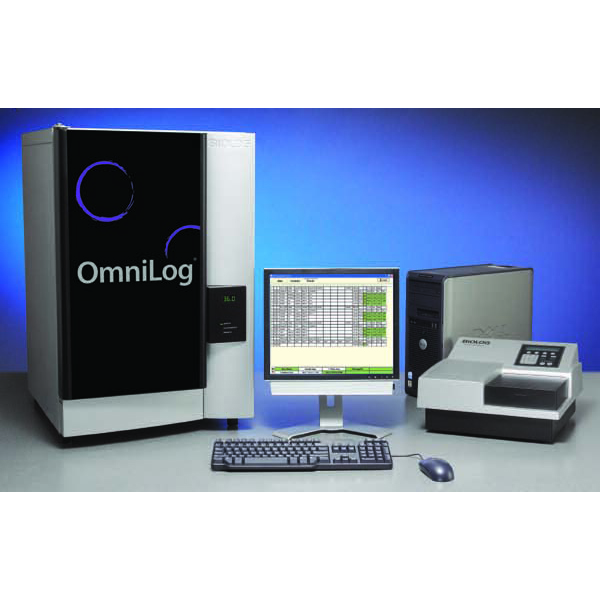Description
PMM assays are cell-based assays provided in five categories and used to determine up to 1,400 metabolic and chemical sensitivity phenotypes of mammalian cells. They use 96 well plates pre-loaded with carbon-energy and nitrogen substrates, ions, hormones/cytokines and anti-cancer agents. Cells of interest are scanned for phenotypes by adding 50 ul of a cell suspension (in IF-M1 or IF-M2 media) to each well followed by the addition of 10 ul of Biolog’s proprietary redox (MA or MB) dye. In some wells, the cells are stimulated and in other wells inhibited. The generation of energy-rich NADH by the cells reduces the redox dye and brings about a color change which is then read with either a standard microplate reader or Biolog’s OmniLog automated incubator-reader.

PM-M assay plates are available individually to best fit your research application.
Detailed uses of PM-M Cell Based Assays
- Monitor the stability of cell lines used in research
- Identify previously undetected phenotypes
- Detect cell variability that can decrease reproducibility of experiments
- Use PMs as a tool to understand gene function
- Conduct detailed comparisons of cell lines with genetic differences
- Conduct detailed comparisons of cells with genes turned off with RNAi
- Perform other comparisons of cell lines in basic research and drug target studies
- Compare normal versus abnormal or diseased cells
- Compare cancerous versus non-cancerous cells
- Compare virus infected versus virus-free cells
- Compare cells from various tissues
- Compare cells in different states or stages of development
- Determine changes in cells with senescence and aging
- Determine metabolic properties of cells
- Determine and optimize effects of culture conditions on cells
- Find conditions that cause or inhibit cell differentiation
- Use PMs as a tool to test drug leads
- Compare phenotypic changes caused by target gene inactivation versus drug addition.
- Determine MOA of drugs. Determine secondary and side effects of drugs
- Test for drug synergies and antagonisms
- Determine potential toxicology of drug leads in multiple tissue-derived cell lines
- Improve Bio Processes with PMs
- QC fingerprint production strains and verify purity and stability
- Optimize the culture medium for cell growth and product yield
Perform cell proliferation and chemosensitivity assays
- Two novel redox dyes available to cover all cell types
- Many advantages over MTT and Alamar blue
Product Literature: Biolog_PM-M



